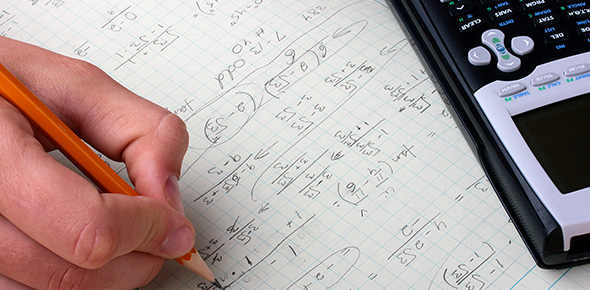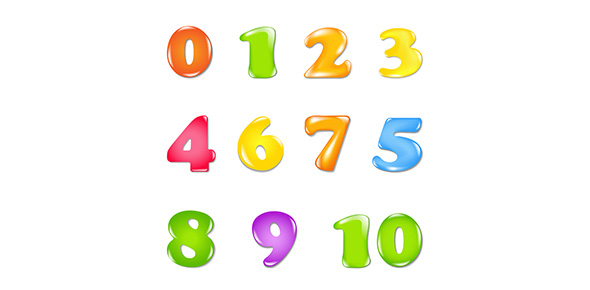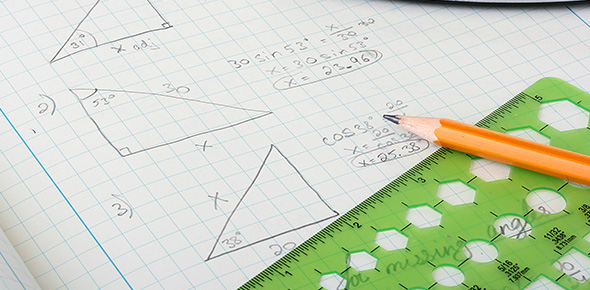Related Flashcards
Related Topics
Cards In This Set
| Front | Back |
|
What are the three various characteristics of stimulus classes?
|
1. physical similarity2. Functional similarity3. Equivalence
|
|
Stimulus equivalence
|
A product of conditional discriminations in which ALL of the
following mathematical/logical relations are produced:
a. Reflexivity: A=A “A to A”
b.
Symmetry: A=B; B=A conditional discrimination
c.
Transitivity: A=B; B=C àA=C
a.
AND C=A (EQUIVALENCE relation – symmetry)
|
|
What is the relevance and importance of stimulus classes?
|
A. Explains learning without prior historyB. Explains rapid expansion of human verbal bxC. Helps us to design instructional programsD. Teaching based on equivalence is EFFICIENT
|
|
Difference between a stimulus set and a stimulus class?
|
Stimulus set includes all members of a stimulus class. For example, a class is A, B, or C. The set would in clude: A1, A2, A3.....etc.
|
|
What are some characteristics of stimulus equivalence?
|
Emergent behavior, derived stimulus relations, and generativity
|
|
How can you expand a stimulus class?
|
Add on an additional relation:Class MergerTransfer of Function
|
|
Ø
Stimulus equivalence involves stimuli to which
an individual is taught to respond in the same way, but other relationships exist. How do we explain this?
|
Relational Frame Theory: a theoretical account of derived stimulus relations including all relations
For Example:Ø Start by producing an equivalence relation o e.g. coin-value-name Ø For one stimulus set (coin) teach 2 greater-than relations Ø You should now have many new relations o e.g. quarter is greater than dime o e.g. 10c is greater than 5c o e.g. 10c is less than a quarter Ø Then, teach as listener responding Ø Then, maybe get tact for free or teach tactart by producing an equivalence relation o e.g. coin-value-name Ø For one stimulus set (coin) teach 2 greater-than relations Ø You should now have many new relations o e.g. quarter is greater than dime o e.g. 10c is greater than 5c o e.g. 10c is less than a quarter Ø Then, teach as listener responding Ø Then, maybe get tact for free or teach tact |
|
Describe LeBlanc et al. study on stimulus equivalence
|
·
Experimental Questions
o
Can children with autism be taught US geography
relations via an equivalence preparation?
o
Do the following test conditions differentially
produce emergent relations?
§
EXT-EXT: extinction during pretest and posttest
§
FR1-FR1: FR1 of all responses during pretest and
posttest
§
EXT-INT: Extinction during pretest, interspersed
training trials during posttest
· Training – observing and selection response of capitals and states
· All
conditions produced emergence, no clear difference. During pretest
responding was at around 33 percent due to chance responding.
· Implication:
if it doesn’t matter, go ahead and use an interspersal or FR1, as long as you
don’t differentially reinforce the correct response.
· Tested vocal responding as an attempt to capture
whether they could answer this question in the “real world” – PRESENTED VERBAL
INSTRUCTION during training, and restated correct response, increase
possibility will show up as an intraverbal.
|
|
Describe Guercio et al. study on stimulus equivalence
|
·
Experimental Question
o
Can 3 Individuals with TBI learn to identify
emotional facial expressions through equivalence
·
Trained relations A-B and B-C (oneàmany) receptively
select Ekman and updated photos
·
Tested relations: Naming Ekman, Naming updated,
matching Ekman to updated and vice versa.
·
What kind of things do you want to add to this
ABC relation: body language, antecedents, responses, questions, predicting
behavior for each emotion (PERSPECTIVE TAKING – accurately predict someone
else’s behavior when the controlling stimuli are different from the observer’s
in any given moment)
|
|
Describe Miguel et al. study on stimulus equivalence
|
·
Experimental Question
o
Can children with autism follow pictorial
activity schedules
o
Follow textual activity schedules after
o
Picture-text relations
·
If a child sees a picture on the schedule behave
to engage in that activity – picture evokes activity (once engage, remove
picture, like crossing off a list), in a typical third grade classroom the
activity schedule is textual
·
Pretest stuff you want to get for free, emergent
relations pretest, test textual activity baseline, CDT (AB,AC and mixed),tested
C task completion, CB, BC, and CD A =
listener block, B = picture block, C = textual block, D = saying, block
(“reading” – didn’t train)
·
Results:
after training the picture to textual relations, the other relations emerged
perfectly (only tested the hard ones, that had never been connected before)
·
Two
Useful Repertoires: could
actually use the schedule (see it and do it), reading
o
MTS is helpful for establishing an equivalence
class, but not what happens in real world, more of a means to an end for a
functional repertoire
|







